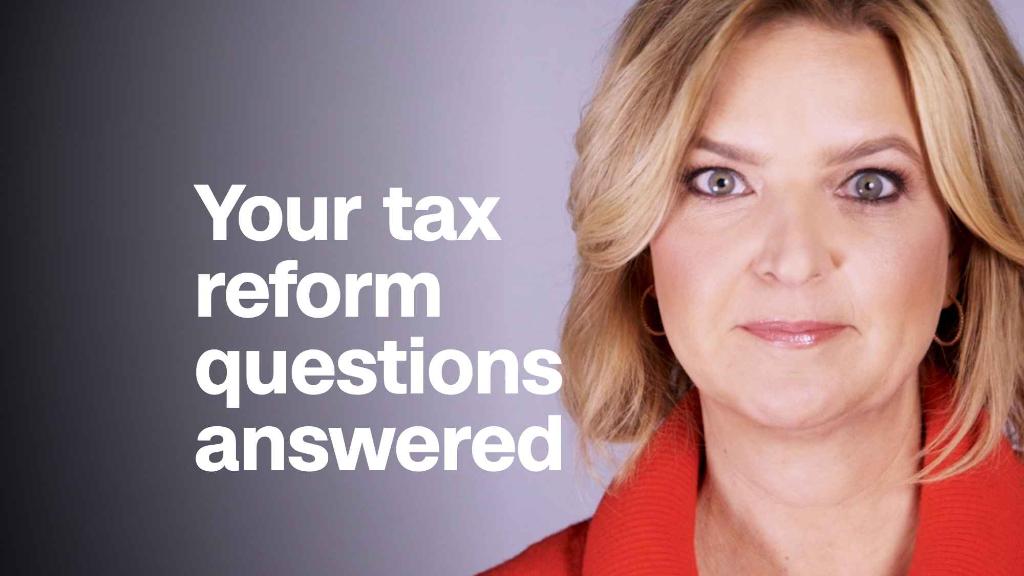
It's always a little surprising. In good times and bad, at least 75 million US households have ended up owing nothing in federal income taxes in recent years.
They're not dodging their tax obligations. It's just the way the US tax code works.
This year, an estimated 45% of tax filers — or just under 79 million households — are likely to have zero federal income tax liability, according to the Tax Policy Center.
If the new tax law hadn't gone into effect, the percent would have been closer to 43%. Put another way, the law added another 2.3 million households to the rolls of non-payers.
Both figures, however, come in below the 50% of non-payers recorded in 2009.
"[That] was the peak both because of the effects of the recession on employment and incomes, but also partly a result of temporary tax policies like the Making Work Pay tax credit that further reduced income tax liabilities," said Joe Rosenberg, senior research associate at the Tax Policy Center.
Looking ahead, TPC estimates between 44% and 45% of households — or roughly 80 million — will pay no federal income tax for the next several years.
Getting to zero on your 1040
The ranks of non-payers are dominated by low- and middle-income households for several reasons.
The tax code is progressive so those who make very little don't end up owing tax.
Related: We asked how Trump's tax cuts were affecting CNNMoney readers. Hundreds responded.
Others, meanwhile, don't make a lot and can eliminate their federal income taxes through the use of the (now nearly doubled) standard deduction and some key credits such as the earned income tax credit and the child tax credit, which offset your tax bill dollar-for-dollar.
And lower income retirees who live primarily off Social Security don't pay taxes on their benefits.
But there are non-payers in the upper-income ranks too. TPC estimates this year about 7% of filers with total incomes between $86,000 and $150,000, and about 1% of filers making more than that won't owe anything.
They may whittle their tax bill to zero by taking a lot in itemized deductions, even though those options are narrowed under the new law.
Very high income non-payers may get lot of income from tax-exempt investments or carry a lot of losses from prior years if they're involved in a business or partnership. Such losses can offset your current taxes.
The payroll tax tab
The majority of tax filers who don't pay federal income tax still owe payroll taxes, however.
For instance, only about 12% of those in the lowest income group (making less than $25,000 all in) will end up owing income taxes this year, but 58% will owe payroll taxes, TPC estimates. The 42% in the group who don't end up owing payroll taxes typically don't earn a wage or are retired.
Related: Why the new tax law could make your state tax bill go up
Individuals with jobs will pay 6.2% of wage and salary income up to $128,700 into Social Security this year. And they will pay 1.45% of all their earned income for Medicare. Their employers will match those amounts, but economists say the employer payroll tax burden is ultimately borne by the worker, too, through lower wages.
All in, TPC estimates three-quarters of all filers will pay payroll taxes this year. And many who end up owing both income and payroll taxes will end up paying more in payroll taxes.
